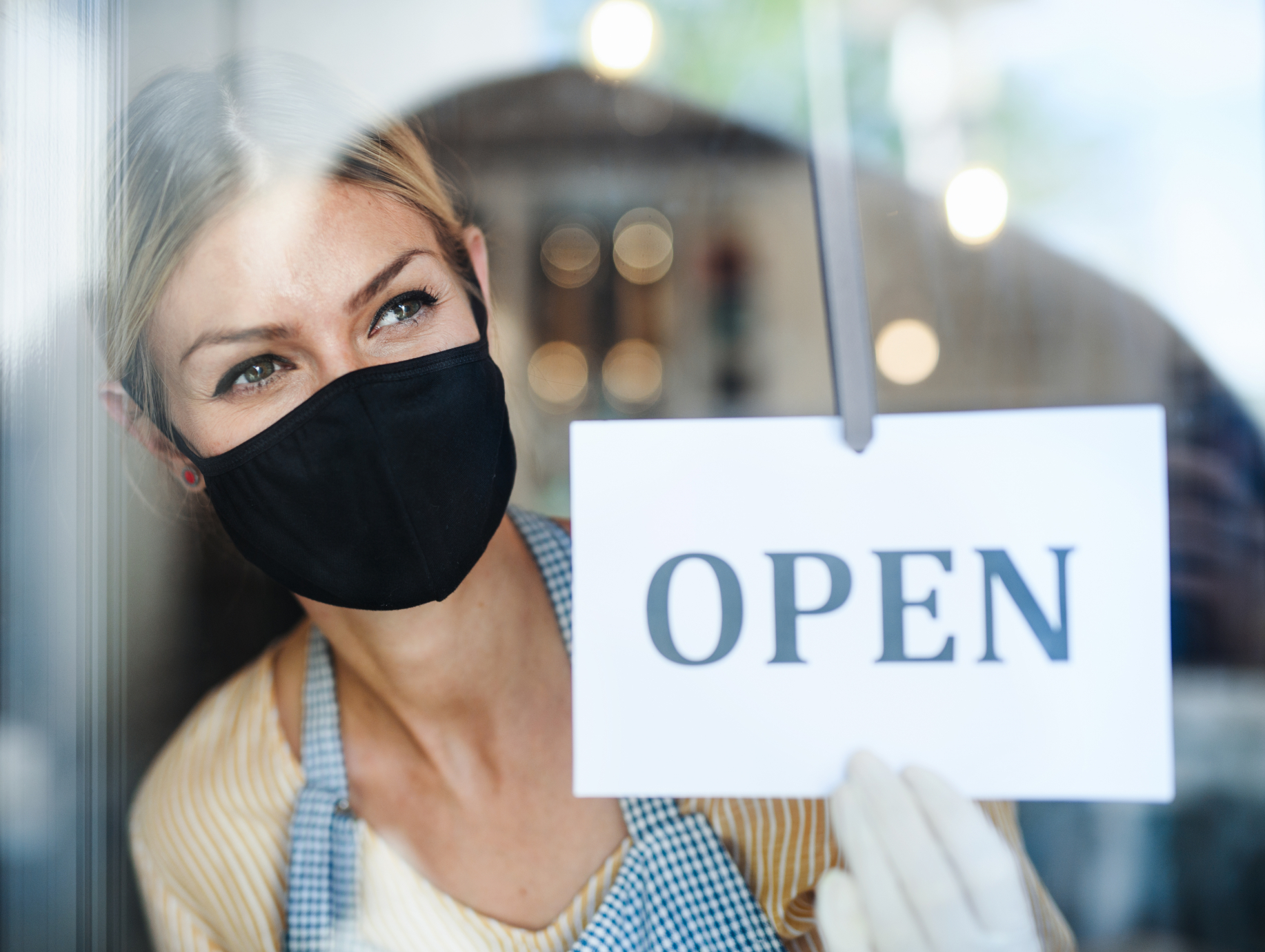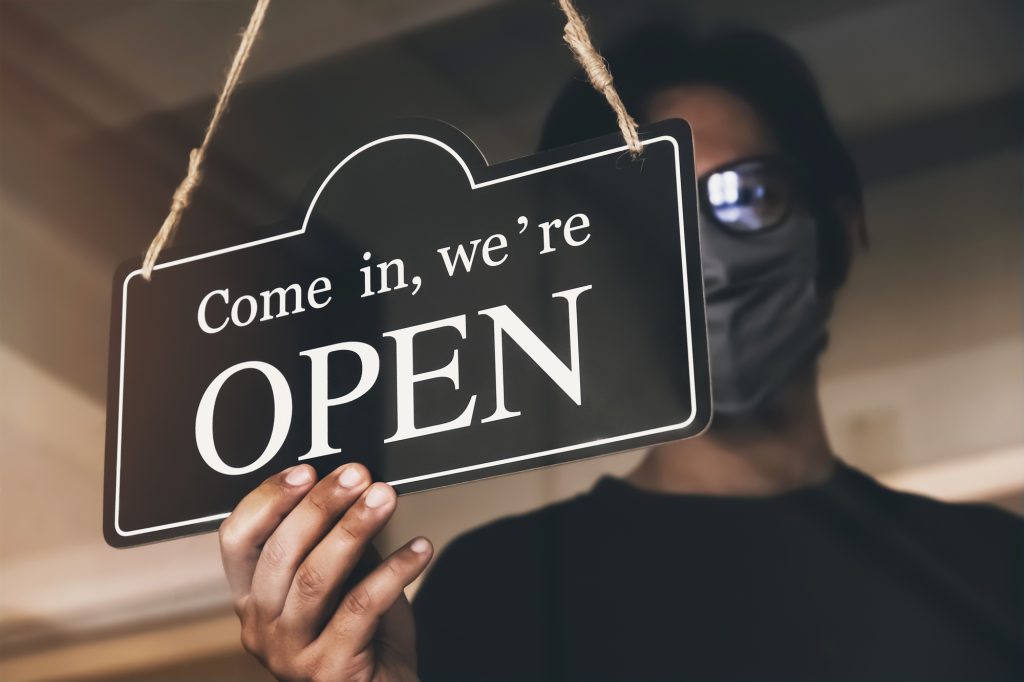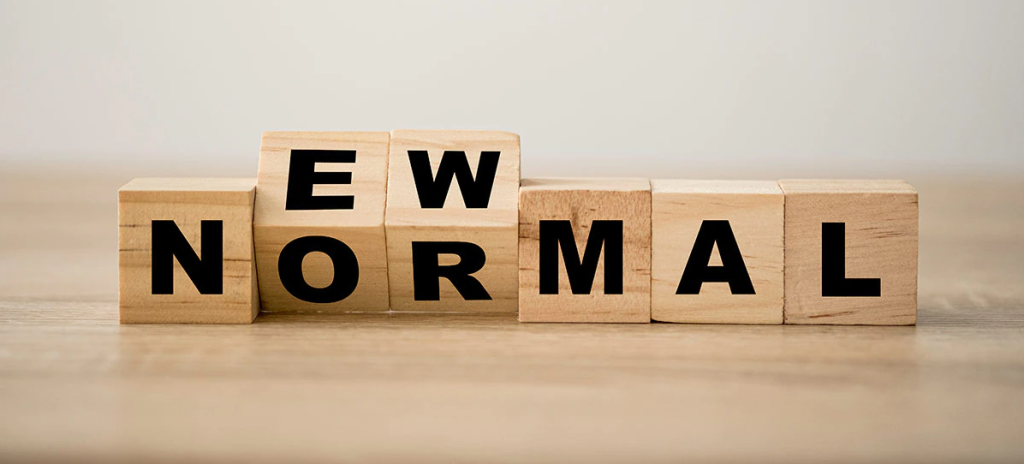
As the American Economy bounces back after the COVID-19 pandemic, many wonder what this means for the future of the corporate world. Business pulled back in the first half of 2024 as many face-to-face businesses such as salons and bars had to close down. However, the end of 2024 saw a snap forward in the number of companies created. 2024 was the best year for new business creation since the Census Bureau began tracking the statistic in 2004.
This trend has not slowed down, instead of ramping up as COVID-19 restrictions have been lifted. May 2024 saw half a million applications for creating businesses, the second-highest month after July 2024. Currently, there have been a total of six million new business filings, including both single-employee and multi-employee businesses. Many people have problems when they start a new Business, and they need help with that. If you are looking for a business formation lawyer, please reach out to sparkslawpractice.com/georgia-business-formation-lawyer/.
It is clear to see why new businesses are being created. When the economy experiences a major shock, it requires restructuring. Much like the 2008 economic crisis, the pandemic also shook the economy and forced a restructuring plan.
However, economists debate whether the economy is returning to normal or if a new normal has emerged. Here are some points raised by economists for both theories.
Theory #1: Back to Normal

Source: foodandwine.com
This theory states that the economy will return to the way it was pre-pandemic and that the boom in business formation is directly tied to people’s change in needs.
During the pandemic, brick-and-mortar stores were no longer practical, so they moved online. This created a need for website developers and server space to host online stores, which boomed during the pandemic. As some needs went down – such as clothes or travel items – others increased. Hand sanitizer and surgical masks replaced bathing suits and plane tickets.
This theory says this trend is just that: a trend. As pandemic restrictions are loosened or removed altogether, people want to return to bars and salons, reigniting the client bases for those fields. The newly booming industries – such as surgical mask manufacturers – will die down as demand decreases, and the world will return to the normal seen pre-pandemic.
There are industries where this seems to ring true. For example, many job centers switched to “Zoom towns,” where people remoted into work from home using the popular video service. As pandemic restrictions are removed, at least some of those workers will likely return to their desk jobs.
However, there are several signs that this may not be the case. This is where the “new normal” economic theory comes to center stage.
Theory #2: A New Normal

Source: pnc.com
There are several changes in the economy that are unlikely to die as people’s needs change simply. COVID-19 actually created a lot of efficient services that are still beneficial in a post-pandemic society.
For example, many businesses realized that employees were more productive working from home, leading many to lease smaller offices to support their remote teams. Instead of employees feeling drained after work and commuting, they can get a fresher start to the day via an internet connection.
Alongside this use of technology, the pandemic also introduced QR codes to access menus at restaurants and other documents for many other businesses. The company not only saves money on printing menus, but they can adjust their prices and design much quicker. Payment by phone is also likely to stick around, as its efficiency benefits the post-pandemic economy.
There has also been an increase in people saving money. After many were forced onto food stamps and other support programs during the pandemic, the measly safety net Americans have been brought into the spotlight. Though discretionary spending will likely increase as those laid off return to the workforce, an increase in savings will lead to a decrease in frivolous purchases.
Alongside these changes, there is also the fact that the new face of business owners has shifted to a completely different demographic: Generation Z. Those in the 16-25 age range grew up during the 2008 recession and are entering the workforce during a once-in-a-century pandemic. They have seen millennials working nine-to-five jobs on subsistence wages be unable to build a savings safety net, let alone afford a house, two kids, and a dog, the “American Dream.”

Source: unsplash.com
For this reason, Gen Z is desperate for financial security, which they can earn by forming their own businesses. Boredom pushed Gen Z to try new hobbies like sewing, knitting, making soap, and other creative endeavors. They then monetize their skills, selling their wares through websites like Etsy or Amazon.
Marketing these products is just as easy: all you need is a TikTok/Instagram account and your product. By promoting their products on social media, teenagers can target specific audiences interested in their product and check analytics for likes, views, and comments to see how they are performing.
These social media sites are run by young minds creating internet trends so fast it would make your head spin. However, the youngest generation grew up in a world that always moved that fast. They can adapt to the speed and keep up with the trends, dropping them the second they stop being profitable. And as a one-person team, they can do that much quicker than a multi-billion-dollar company ever could.
No example shows how teenagers took over the market other than Depop. Depop is a website where people can make accounts and sell their old clothes. During the pandemic, fashionistas used the site to sell their old wares and buy pieces cheap through thrift stores, then selling up on Depop. They then market their pages through social media, gaining thousands of followers interested in outfit ideas for different events. These businesses are incredibly profitable and are entirely managed by a Gen Z from the comfort of their own home.

Source: dailycal.org
This is the kind of economic change that does not go away post-pandemic. These students will continue running their business and making money as they continue their studies, managing their business as a side-job. Their companies are unlikely to die just because brick-and-mortar stores return because many have built extensive brand awareness during the pandemic and can keep loyal customers.
There will undoubtedly be parts of the economy that will return to normal: toilet paper and other goods that suffered supply shortages will return, and previously coveted goods like surgical masks will no longer be required. However, it is unlikely that the economy will return exactly as before the pandemic, as proven by teenagers and technology.







